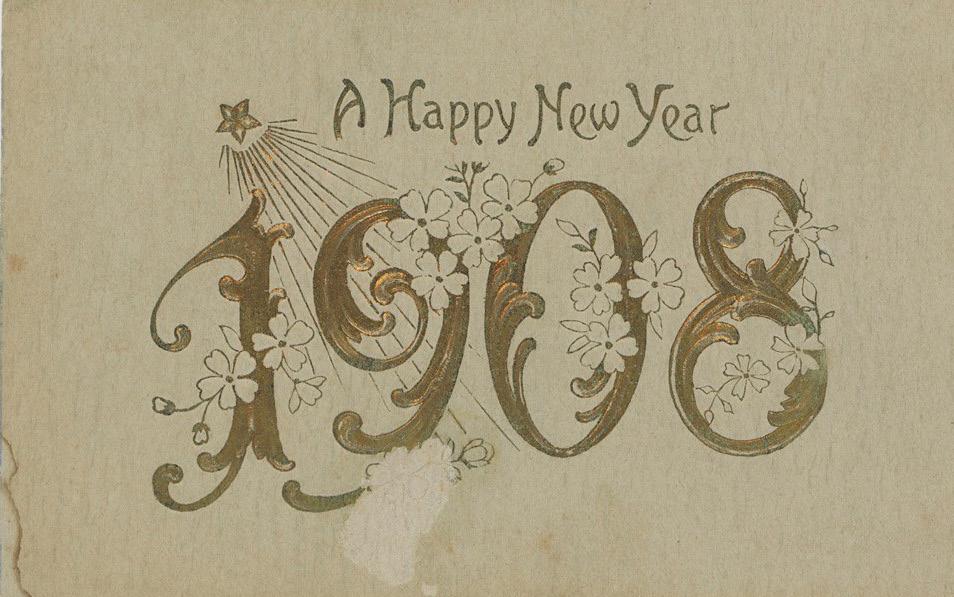Historical Roots
NEW YEAR’S EVE Ever since the Gregorian calendar took precedence in society, people have been celebrating the New Year on the night of December 31st and early morning of January 1st. The New Year represents many things to people; the end of a painful year, the possibility of a fresh start, however symbolic In the deepest, darkest part of winter, people find a reason to celebrate and seek new beginnings. Today, our New Year’s celebrations typically consist of champagne, confetti, metallic colors, fireworks, and watching the New Year’s ball drop in Times Square, New York City. However, you may wonder, how did people of yesteryear celebrate? In 46 BC, Julius Caesar instituted the Julian calendar, which declared January 1st as the start of the new year, closely following the sun’s position. This practice was to honor the Roman god Janus, who had two faces- one to look back towards the past and one to look forth towards the future. The Romans celebrated by holding lively parties, exchanging gifts, and decorating their homes. Not too different from how we observe the holiday today. The official date of the New Year shifted around during the Middle Ages but was officially and finally declared January 1st by Pope Gregory XIII in 1582.
The New Year’s traditions that followed were often highly superstitious, which makes sense, as this was the darkest and coldest time of the year. Fireworks and kissing are done to drive away evil spirits, and some cultures avoid eating certain foods to avoid tempting fate and having anxiety about the future. Others make a habit of giving money as gifts or doing rituals for prosperity. In the American south, people eat black-eyed peas, collard greens, and cornbread for prosperity due to their resemblances to coins, paper money, and gold. In Spanish speaking countries, people eat twelve grapes before midnight, one grape for each church bells chime. And because pigs represent good wealth and fortune, people in Austria, Cuba, Portugal, and Hungary eat pork during their celebrations. Pork is also often found on the tables of countries that celebrate the Lunar New Year, which comes later.
Until 1904, the New York New Year’s Eve observations happened at Trinity Church. They were then movedto the New York Times building after the fireworks’ ashes began causing problems on the streets below. The chief electrician of the New York Times, Walter Palmer, was formerly a maritime man.
50 | Organic Living Magazine










